My Favourite Port Melbourne Place – Answering the Call
by Vicki Radcliffe
When Margret Bride announced that she would be looking for new members to do a short presentation on their favourite Port Melbourne place, I immediately thought of the foreshore of Port Melbourne beach and, more specifically, the bronze memorial statue of a sailor looking outwards to the bay.
This statue intrigued me right from the first time I saw it. Here was a beautifully sculptured statue of a young sailor representing the many sailors who have “answered the call” over many decades, both in war and peace.
The vision for such a tribute was that of Lieutenant Commander Mackenzie J. Gregory, known affectionally as “Mac”, a former President of the Naval Heritage Foundation. Mac had an illustrious, and at times, perilous, naval career which began in 1936, aged 13, at the RAN Naval College, situated at Flinders Naval Depot and ended with his discharge in 1954 from HMAS Lonsdale. Mac realised that, despite Port Melbourne’s rich naval history, there was no recognition of its presence here.
Devoted to keeping this naval history alive, Mac first proposed in October 2008, that a tribute to all sailors in the form of a memorial should be made. His perseverance, together with those of his team who shared his vision, was rewarded with the unveiling of the memorial on 27 November 2015. Sadly though, Mac had passed away on the 27 August 2014 so didn’t get to see it to its completion. Mac’s ashes were scattered off Lagoon Pier in September 2014, according to his wishes.
The memorial is situated on the foreshore of Port Melbourne beach, at the junction of Beach and Dow Streets. One of my favourite views of the statue is looking towards the sailor from the, albeit risky, middle of the road at the intersection of Graham and Dow Streets. In fact, the statue can be seen in this same fashion from as far back as the beginning of Dow Street, near Bridge Street.
This memorial was appropriately placed across the road from the site of HMAS Lonsdale, a former Royal Australian Navy training base and through which the sailors transited to join their first ship. This base was commissioned in August 1940 and, sadly for many Port people, was decommissioned in 1992. The HM@S apartments are now on this site.
The sculptor of this memorial is Louis Lauman who, according to Admiral Tim Barret in his speech when unveiling the statue, “..captured the spirit of this young sailor with great accuracy and truth. It is a work of simplicity, dignity and beauty. It has the power to move us. That is all we can ask of our memorials”. Fashioned in bronze, this statue is of a sailor wearing the uniform of the 1939-45 war. He represents both officers and sailors, male and female, who fought the war at sea. The sailor is looking at and pointing to the entry to Port Philip Bay, specifically to an area called “The Rip” on a bearing of 210 degrees. This is a dangerous stretch of water and has claimed many ships and lives.
The statue was based on a photograph of a World War II sailor. A 15” (38cm) scale model of the statue was also made. The statue in its final form placed the sailor’s kitbag, not over his shoulder but on the ground beside his leg. This was due to making the statue more stable. The estimated cost of the memorial, when originally envisaged, was to be $150,000 to $200,000. However, I couldn’t find any record of the final cost.
This memorial appeals to me in a large part to the wonderful expertise of the sculptor. The details of the statue, such as the folds and tie rope of the kitbag, seen close up, are particularly realistic and lifelike. On each and every further visit to the sailor, I always discover different aspects and subtleties I hadn’t noticed previously.
The sailor memorial reminds me of another favourite statue of mine, the one of Neil Armstrong at Purdue University in the United States. There are many similarities apart from them both being made in bronze.
Both men are depicted in the early prime of their life, with the future ahead of them. Both statues are located in a place that is deeply meaningful to each of them and both were sailors. Both have been taken to the hearts and resonated with people. To this extent, they have both been appropriated and made the focus of many local events. Our sailor has been seen wearing football scarves, being an ANZAC day memorial and even wearing a face mask during trying COVID times. Similar things have been adopted and displayed on the Neil Armstrong statue too.
This memorial is my favourite part of Port Melbourne. Its presence reminds me of our brave sailors who went to war and of those who never returned. It also reminds me that, over many, many years, Port Melbourne has been a place that has welcomed all vessels – naval or otherwise – to its shore.
This superb statue of the sailor, thanks to the foresight of Mac and others, will always be looking out to sea, in all weathers, forever welcoming and farewelling those who came, and those still to come, to Port Melbourne.
Sources
Lieutenant Commander Mackenzie ‘Mac’ Gregory, https://www.navy.gov.au/biography/lieutenant-commander-mackenzie-‘mac’-gregory, accessed 12 July, 2021.
Ahoy – Mac’s Web Log : photo of the sailor who inspired the statue and the scale model. http://ahoy.tk-jk.net/index.html
Photos of Neil Armstrong statue: Purdue University.
Other photos: David Radcliffe

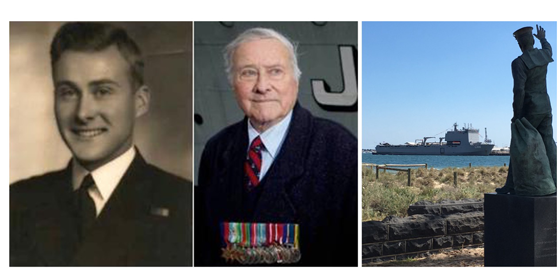
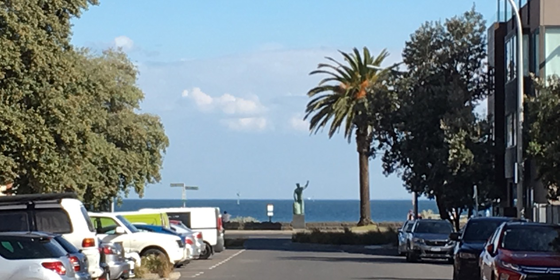
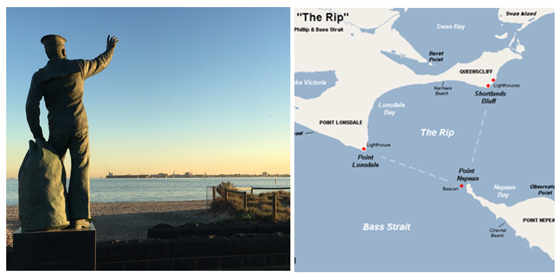
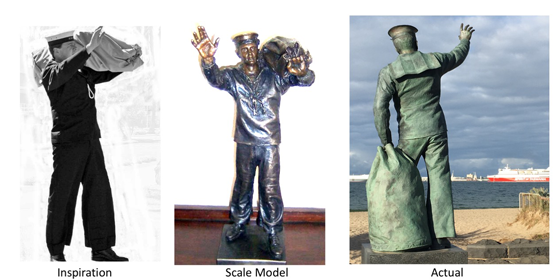
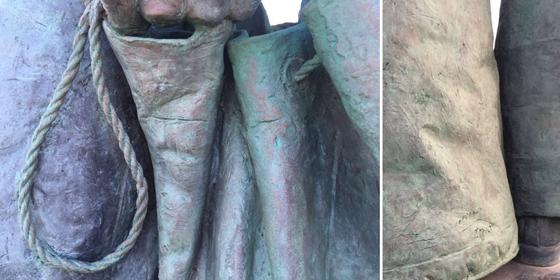
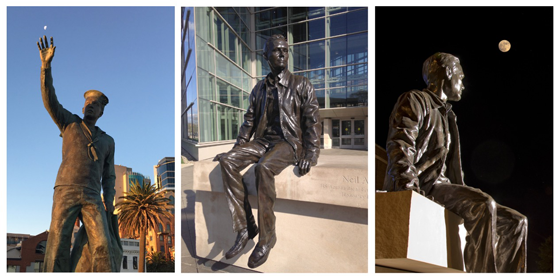
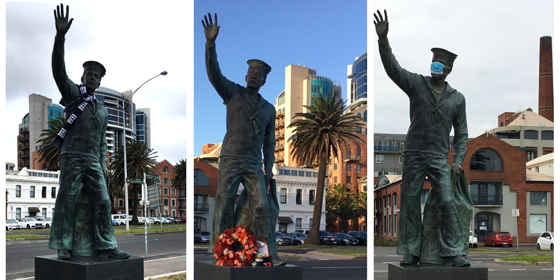
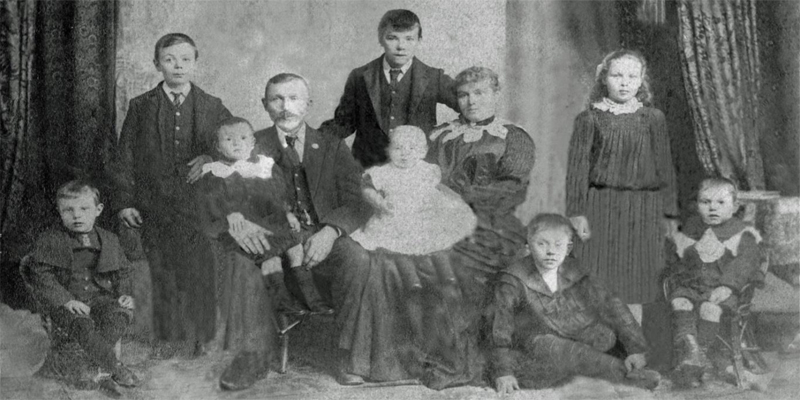
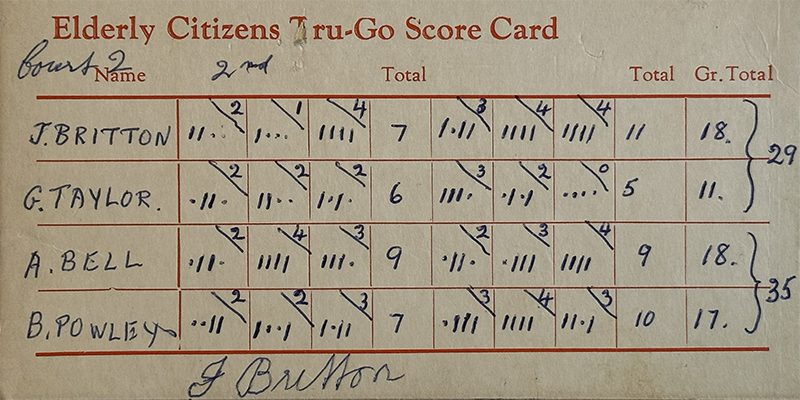
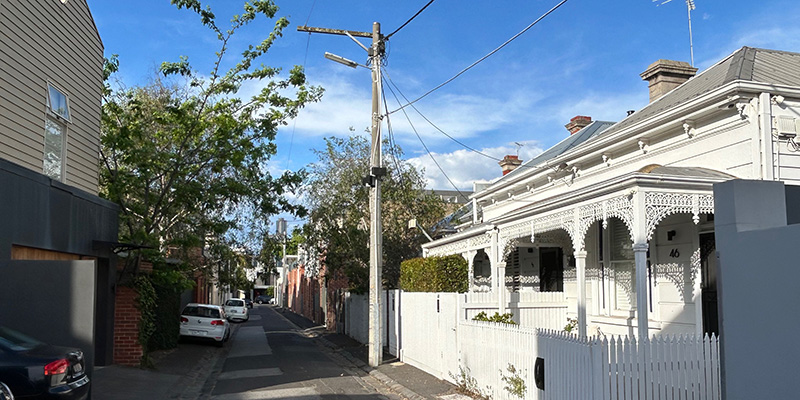
6 Comments
Richard Olive
Many thanks, Vicki, for a very insightful essay. I’ll now look at the statue with renewed interest.
Vicki Radcliffe
Thank you for your response to my story, Richard, and that it has inspired you to have a closer look in the future.
Pat Grainger
Vicki, what a good choice and fine report, with many ‘new’ images, too. Unfortunately that June meeting I had to miss, so it’s great to have this to keep with thoughts on ‘Answering the Call’. I wasn’t aware e.g. about that long view down Dow Street.
This was nostalgic, remembering the dogged determination with which for so many years Mac and his two colleagues from the Naval Historical Society persisted, in their attempt to establish a naval memorial. It was years earlier that they actually began this quest. Don, a Past President of the NHS (as was Mac), sadly died just months before our 2008 Great White Fleet Centenary exhibition in which Mac played a very big part.
Their proposed memorial was envisioned at one point to include ‘Navy Square’, a large marching square on the foreshore which, not surprisingly, didn’t happen.
Vicki Radcliffe
Pat,
I was very happy to get your response to my article and to learn of the Navy Square “back story”. I also didn’t realise that Mac played a big part in the 2008 Great White Fleet Centenary exhibition. I wish I would have been able to meet Mac in person. It seems that he was so likeable.
Gary Presland
Thank you, Vicki, for sharing this story about the memorial. Seeing the photographs and reading about the memorial, took me back in time almost 60 years. It was at HMAS Lonsdale on 7 January 1962 that I joined the RAN, signing on the dotted line for a 12-year enlistment.
Vicki Radcliffe
Hi Gary,
Thank you for your comments. It is wonderful to hear of someone who actually passed through HMAS Lonsdale which brings my story alive. I am also glad it bought back memories for you.